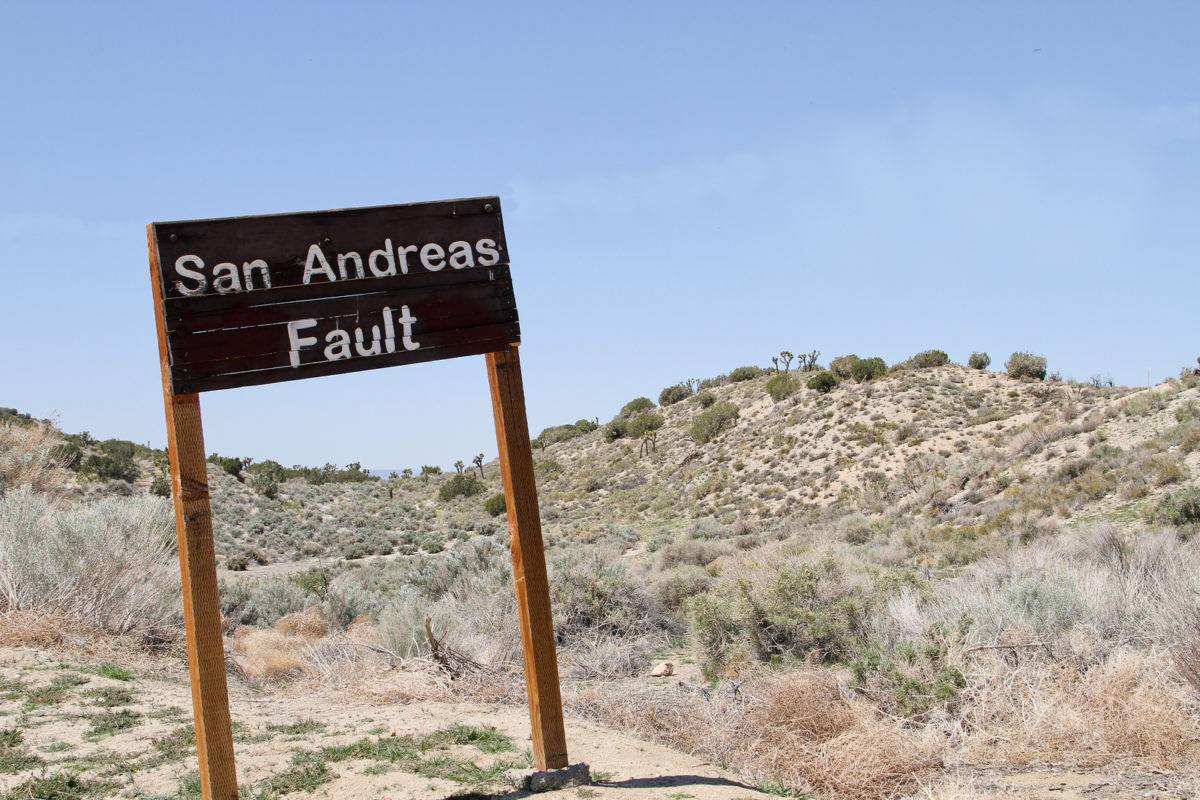Normally, it’s not the shaking ground itself that claims lives during an earthquake. It’s the associated destruction of man-made structures and the other natural disasters earthquakes cause such as tsunamis, avalanches and landslides. In a city, your biggest earthquake threat is often the safety of your own home.
CHIMNEY DANGER
One structural engineer told the SF Gate: “Masonry chimneys are perhaps the most urgent earthquake hazard in older homes. The problem is that they’re likely to fall in even a modest shake. A rule of thumb is that brick chimneys extending more than 1 1/2 times their least width above the roof pose a hazard of collapsing above the roof, not to mention any possible hazard they may pose below the roof level. That’s less than 2 feet for a typical 14-inch-wide chimney.”
Be sure your chimney is safe, or have it removed. Simple as that.
GAS LINES
After an earthquake, damage to your gas lines can mean a gas leak on your property. Which you won’t detect, because you’ll have evacuated! Best case scenario, your home stinks and you have to air it out. Worst case scenario, it goes up in a fireball. To avoid the whole problem, consider having an earthquake gas shut off valve installed, if you don’t already have one.
EARTHQUAKES AREN’T JUST FOR HUMANS
Most of us know to have a first aid kit, supplies, and an emergency plan for the humans in the house. Do you have an appropriate first aid kit for your parrot, ferret, or dog? What about emergency food set aside? Do you have a “save our pets” decal in your window, just in case? Be sure to include pets in your emergency planning.
FEMA HAS A PREPAREDNESS CHECKLIST
Many families try to make their own checklist or plan for earthquake preparedness. There’s nothing wrong with that, but it’s extremely unlikely you’ll come up with a more thorough and useful document than this Compiled by the Federal Emergency Management Agency, this is more than a list. It includes diagrams that teach helpful skills, and much more.
DROP, COVER, AND HOLD
The old wisdom was that doorways were the safest place to be indoors during an earthquake. That is no longer true in most buildings, especially buildings in earthquake prone areas, or new construction. Now Your safest place to be is near the ground, under something solid. The new mantra is drop, cover, hold. Drop to the ground, gain cover by going under a table or other furniture, and hold onto your protective cover with one hand, protect your neck with the other.

